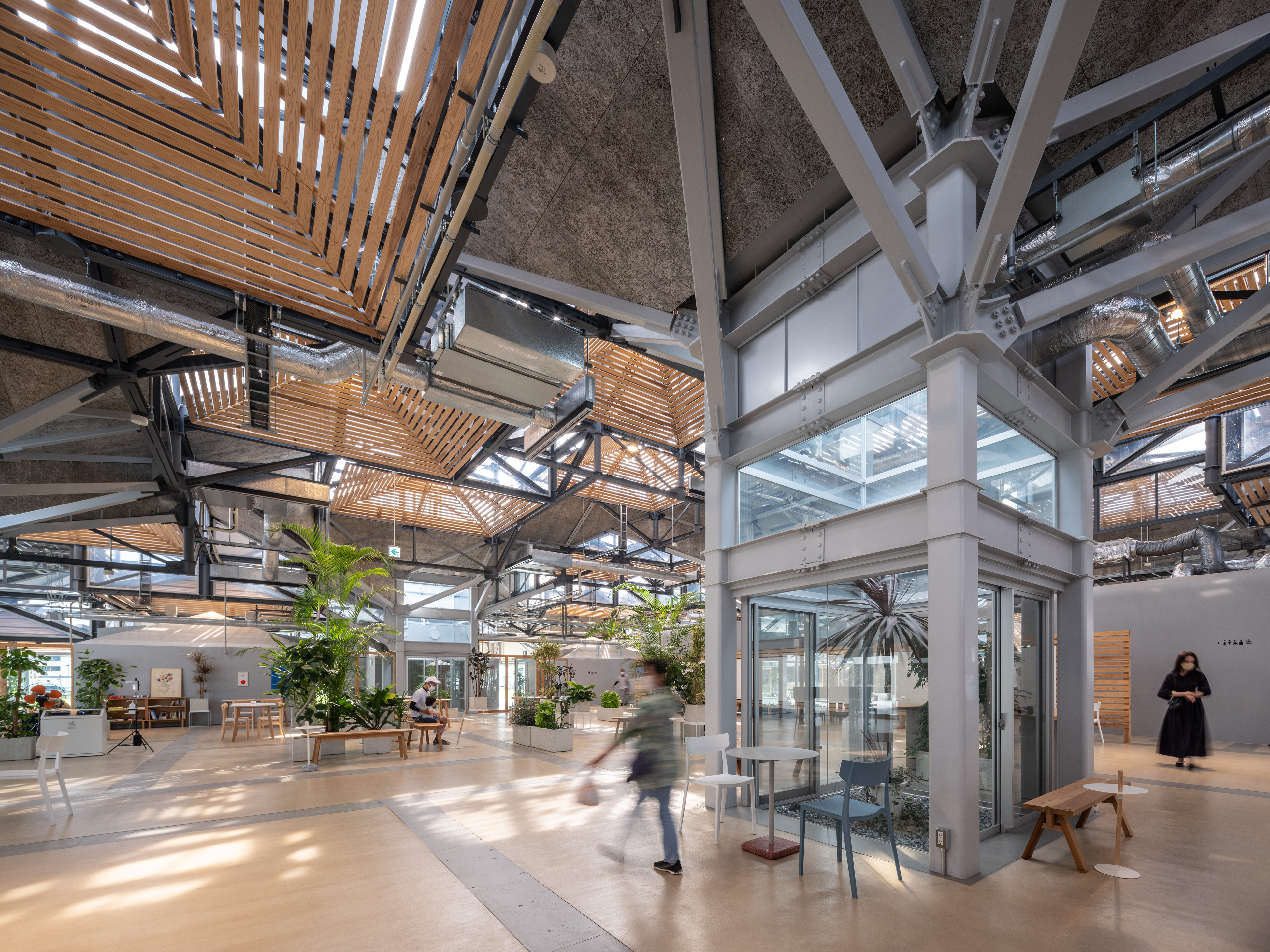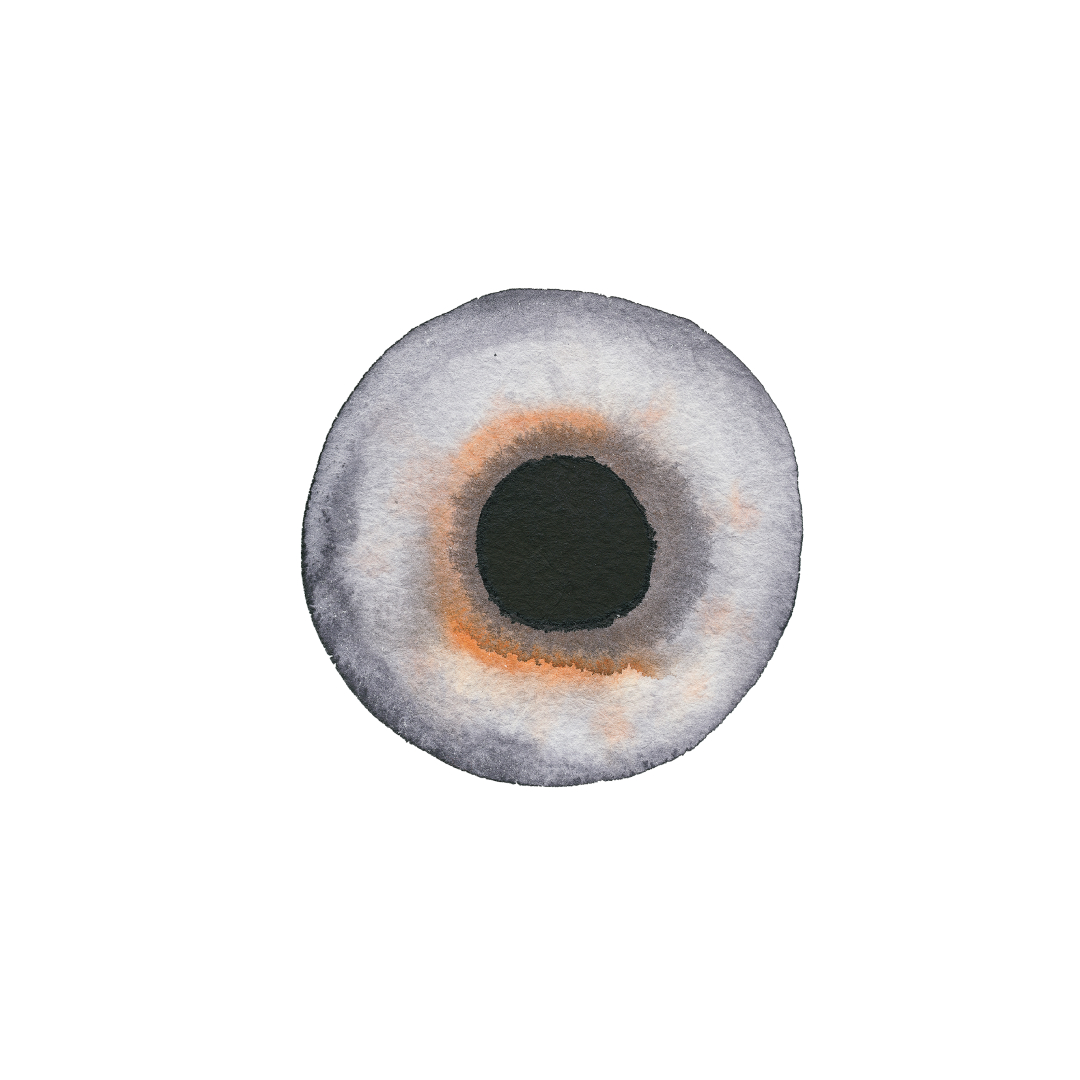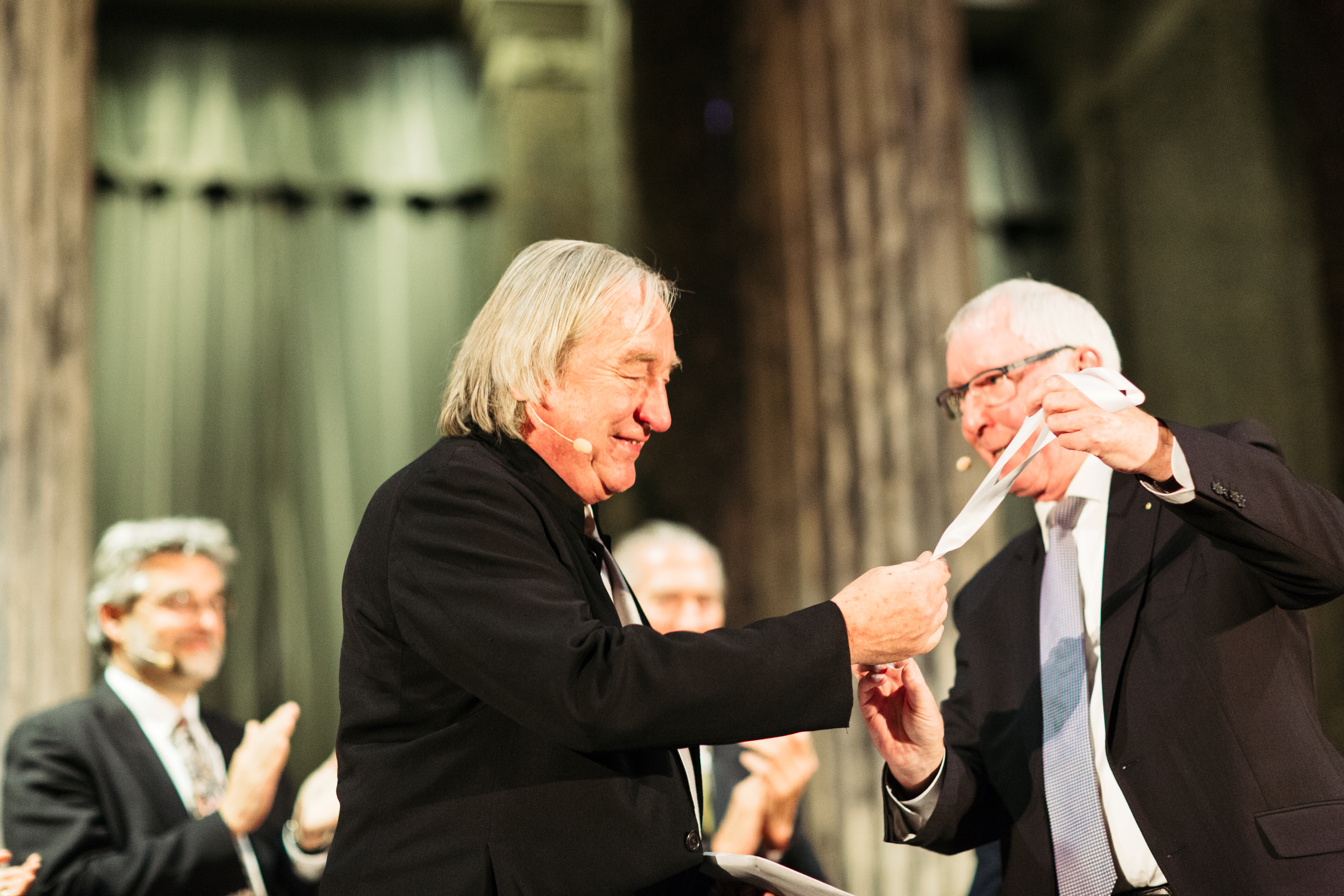Rubenstein Commons opens at the Institute for Advanced Study

Category
Daylight & Architecture
Author
Steven Holl Architects
Photography
Paul Warchol
Date
February 2023
Source
Anna Bokov
Share
Copy
Steven Holl Architects was selected to design the Rubenstein Commons in March 2016 from an international competition. The Institute for Advanced Study, founded in 1930 as one of the world’s leading centers for curiosity-driven research, is unique in its dedication to providing scholars with the tools, colleagues, environment, and freedom to pursue groundbreaking research. Scholars are free from administrative and teaching obligations, and enjoy a tranquil campus setting, spanning 589 acres. Enabled through a visionary gift from businessman and philanthropist David M. Rubenstein, the Rubenstein Commons building will have a transformative impact on intellectual and communal life at IAS.

In approaching the design for the new Rubenstein Commons Building, Steven Holl posed the question: What are the ideal conditions for new thinking emerging today? Driven by the dual concepts of ‘Intertwining’ and ‘Social Condenser’, Steven Holl Architects designed the new Rubenstein Commons to reflect the institutions status as one of the world’s leading centers for curiosity-driven research.
Architectural historian Anna Bokov, likens Holl’s inspiring form-finding process to some of the radical explorations in art and architecture of the early twentieth century. Thinking of every building as an opportunity to experiment and advance the field of architecture is something that Steven Holl shares with many of the avant-garde protagonists: “Holl seems to be forging deeper connections— or intertwining, as he calls it—which go beyond mechanical programming, bringing to life the intuitive, experiential, and phenomenological aspects of architecture.” How should one understand the concept of intertwining? Bokov goes on to state that, “For Holl, it has a two-fold meaning. First, it aims to intersect the sciences and the humanities, promoting exchange between different disciplinary silos. Second, intertwining fuses architecture and nature by treating light as a material and organizing the entire plan in sync with seasonal changes, turning the building into a finetuned horological instrument that registers light and space through time.”
The new 17,000 square foot building follows the existing topography primarily in a single-level program with gradual slopes and offers views of the courtyards. The building forms an intertwining through the landscape, connecting with pools of water on the north, south, and west. The pools reflect sunlight into interior spaces, producing an atmosphere of reflection. Natural phenomena connect with science, physics, humanities, and art—corresponding to the Institute’s mission. “Intertwining with nature deeply connects us to ecological and natural phenomena. At the same time, Intertwining socially connects us to collaborative potential and the inspiring potential of future thinking”, says Steven Holl.


The landscape around the pools measures the time of a year’s passing through the four seasons. Spring is marked on the east side with pink blooming redbuds emerging in clusters along branches of the grove. Summer is marked to the south with rich green leaves of gingko trees, accented by Russian Sage purple flowers. Fall is marked to the west with vibrant red maples and the golden gingko leaves provide a striking contrast around the south reflecting pool. The north gardens are framed with a border of white pines and American hollies providing a green backdrop in the winter but also year-round.
Twenty geothermal wells, powered by the cycle of the earth’s seasonal temperature, heat and cool the building with radiant floors. Natural ventilation in wood-framed windows bring light and air into all spaces, every room has natural light and an operable window (except the basement).
The geometry of the spaces is formed by “space curves” where two non-planar curves intersect. As former IAS Director Robbert Dijkgraaf remarks, the curved ceilings give space for “thought bubbles” of the scholars.
Anna Bokov notes that, “While anchoring each work in its specific site and circumstance, Holl endeavors to obtain something deeper in the experience of time, space, light, and materials. The phenomena of the space of a room, the sunlight entering through a window, and the color and reflection of materials on a wall and floor all have integral relationships. The materials of architecture communicate through resonance and dissonance, like instruments in musical composition, producing thought and sense-provoking qualities in the experience of a place. With each project, Holl’s firm is inspired to create inventive details and experiment with new materials.“
Every element has been carefully considered to design optimized space for experimental pedagogy: Blackboards of natural slate, a storied tradition for intellectual curiosity and exchange at the IAS, line the interiors. Prismatic glass breaks white light into the color spectrum, energizing the interior with natural light and color. Custom hand-blown light fixtures illuminate the curved ceiling geometry. Door handles inspired by knot theory and custom waterspouts greet visitors at the east and west entries to the building.

The Rubenstein Commons is an embodiment of the Institute’s mission of “bringing great minds together” (as was eloquently put by David Rubenstein at the groundbreaking ceremony on March 14, 2018) and the concept of ‘social condenser’ central to the design explores the ways in which architectural space can foster collective activity. “The underlying philosophy behind the concept of social condenser is that spatial form not only affects human experience but conditions human behavior, and can have a powerful psychological, ideological, and even educational impact: essentially, that architectural form can induce and promote social function” says Anna Bokov.
She continues, “Instead of precisely defining the activities inside it, the Rubenstein Commons creates a space between —not just between walls, but between life and architecture. As one of the greatest architects of our time, the late Paulo Mendes da Rocha, told Hashim Sarkis, ‘architecture is the art of delineating life’s unpredictability.’
Holl proposed an open, one-level plan, which combines several loosely-defined zones with clear visual connections. This type of spatial organization allows one to use the space in multiple ways—from individual repose to collaborative interaction, and, of course, for a variety of collective events. With its picturesque aggregation of billowing roofscapes (for those percolating thought bubbles) and the cluster of intersecting (or intertwining) spaces, the new commons building seems to invite one inside for further inquiry. The playful geometry of its forms lets the mind wander and search for associations with manmade and natural phenomena around it. If you are a mathematician, you might be reading into the patterns of light dancing across the ceiling (reflected from the pools through the prismatic glass). For a historian, its complex forms might bring a sense of wonder but also connections with patterns of the past. Ultimately, its architecture inspires the experience both within and outside one’s field of knowledge. Echoing the founding tenet of the Institute about the usefulness of useless knowledge (in this case, one might say the usefulness of unscripted space) in Holl’s project, each area does not necessarily have a prescribed use or set of activities. Here, space is not a passive agent but a “material of architecture,” to quote Ladovsky, which facilitates human experience and inspires social interaction.

Anna Bokov concludes: “Indeed, the language of architecture is not verbal. Rather, it is visual and spatial. Unlike other languages—mathematics, to name one—the language of architecture is accessible to all. Perhaps it is comparable to music in that sense; it is universal. Architecture speaks to us through its volumes and spaces, through structure and tectonics, texture and materials, through scale and proportions, through literal and phenomenal transparency. So much is communicated and understood through bodily experience and perception— without words and, as with any text, in between the lines.”

About Steven Holl Architects
Steven Holl Architects is a 35-person architecture and urban design office founded in 1977, and working globally as one office from three locations, New York City, the Hudson Valley, and Beijing. Steven Holl leads the office with partners Noah Yaffe, Chris McVoy, Roberto Bannura, and Dimitra Tsachrelia. The firm has realized architectural works nationally and overseas, with extensive experience in the arts, and campus and educational facilities.
Recent notable projects include the Nancy and Rich Kinder Building at the Museum of Fine Arts, Houston (2020); the Winter Visual Arts Building on the historic Franklin & Marshall College campus (2020); the REACH Expansion at the John F. Kennedy Center for the Performing Arts in Washington, D.C. (2019); and the Lewis Arts Complex at Princeton University (2017)
About the Institute
The Institute for Advanced Study has served the world as one of the leading independent centers for theoretical research and intellectual inquiry since its establishment in 1930, advancing the frontiers of knowledge across the sciences and
humanities. From the work of founding IAS faculty such as Albert Einstein and John von Neumann to that of the foremost thinkers of the present, the IAS is dedicated to enabling curiosity-driven exploration and fundamental discovery.
Each year, the Institute welcomes more than 200 of the world’s most promising post-doctoral researchers and scholarswho are selected and mentored by a permanent Faculty, each of whom are preeminent leaders in their fields. Among present and past Faculty and Members there have been 35 Nobel Laureates, 44 of the 62 Fields Medalists, and 22 of the 25 Abel Prize Laureates, as well as many MacArthur Fellows and Wolf Prize winners.
About Rubenstein Commons
Based on an international competition of submitted proposals, Steven Holl Architects was selected to design Rubenstein Commons in March 2016. Construction of the building began in 2018, under the directorship of Robbert Dijkgraaf, and was officially completed in 2022, following the appointment of David Nirenberg as the Institute’s 10th Director. Enabled through a visionary gift from businessman and philanthropist David M. Rubenstein and conceived as a “social condenser,” the building provides a communal and flexible gathering place for the Institute’s research community. The 17,175-square-foot building physically entwines with the surrounding landscape, while also providing a space for the interweaving of scholars from the diverse disciplinary backgrounds represented in the Institute’s four Schools.
Further reading:
Bokov, Anna (2021) Lessons from the Social Condensers Form as Function in the Rubenstein Commons. The Institute Letter Fall 2021.
Anna Bokov was an IAS visiting scholar focusing on Vkhutemas history. She wrote this text during the design and construction period of the Rubenstein Commons.




